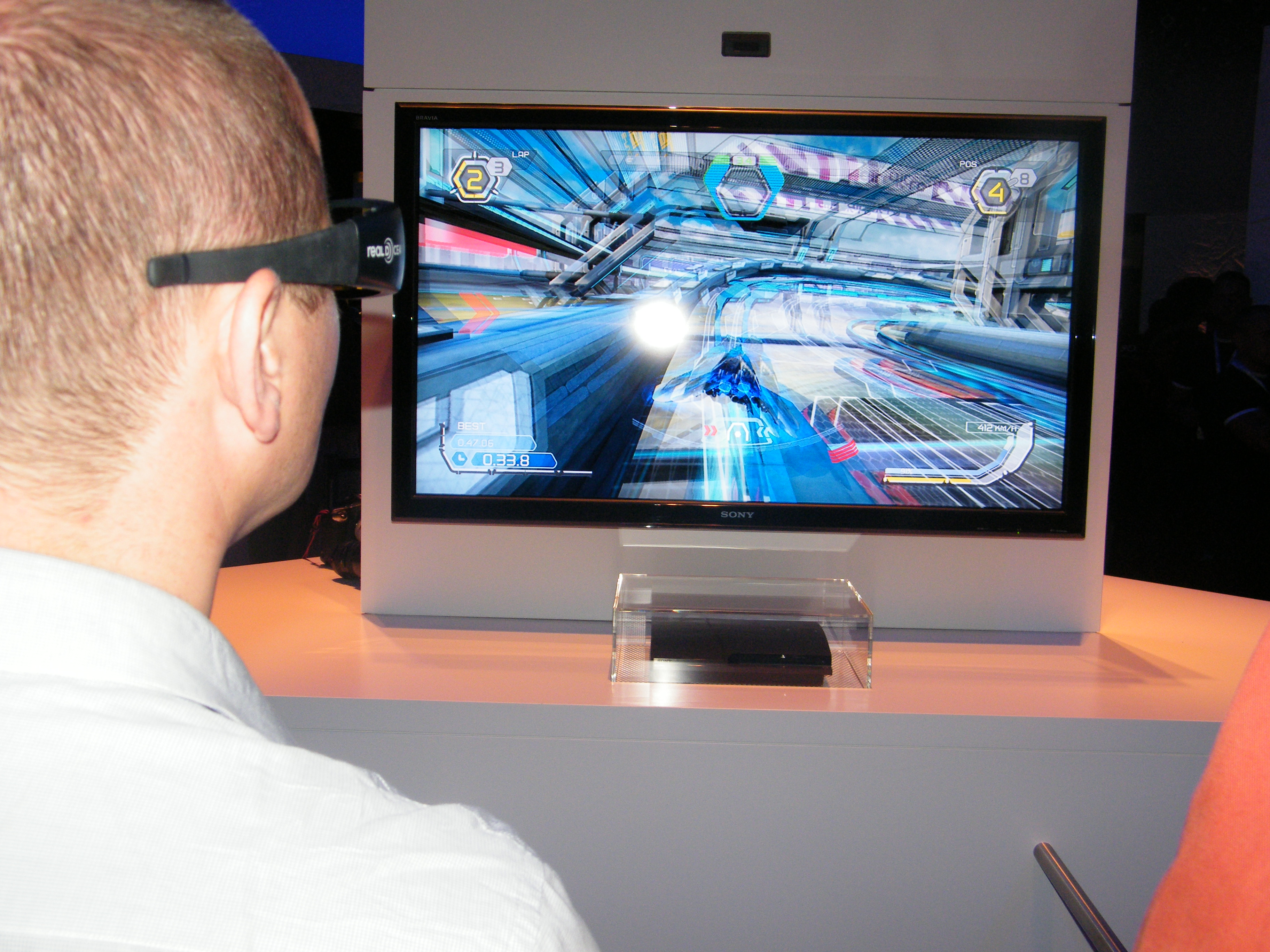Can Sony really make all existing PS3 games 3D?
Retro-fitting PS3 games could turn console war on its head
Andy Sage, Principal Programmer at Codemasters Racing Studio, explained that in DiRT 2's case occlusion was, in fact, a minor problem compared to the difficulty of rendering two versions of the same frame – once for each eye.
"Occlusion information is stored in a grid that is quite a bit larger than the eye separation distance, so you could use the same occlusion data for both the left and right eye renders," he explained to TechRadar. What's more of an issue is that traditional techniques for 3D visuals on PC, which rely on the graphics processor rendering each frame from two different angles, have had a massively detrimental effect on framerates.
"If you render alternate frames from a slightly different viewpoint then this is quite easy to implement, but this would halve the update rate to 15FPS and would make the game virtually unplayable. The problem is that the left/right images have to correspond to the same game frame so you can't just update everything at 30FPS as normal."
Sony has revealed that there is image processing technology within the television itself, and with that in mind, Sage was able to suggest one possibility that would put a far smaller strain on the console's own processor, which in many games is already running at near to full capacity.
"I think that the most achievable way to get general purpose 3D would be a different technique which doesn't render the full scene twice," Sage explained. "To do this, you need to use the rendered depth information for the scene and the final single rendered image. You then modify the final image based on the depth and display once for each eye. This is a lot cheaper [in terms of processing power] because you only do the main render once, and would be more compatible with existing games."
In order to provide a convincing 3D image using the television's onboard image processor, that depth information for each frame would have to be sent down an HDMI cable to the television.
It's worth noting that with the release of the PS3 Slim, Sony upgraded the console to support Bravia Sync, a system that allows console and television to communicate over the HDMI connection. It may well be through this link that the PS3 is able to provide the television with depth information from its rendered image.
Sign up for breaking news, reviews, opinion, top tech deals, and more.

SONY ONLY: There's always the possibility that PS3 3D could exclusively work with Sony's own brand of Bravia televisions
If Sony truly can retro-fit 3D visuals to its library of games, it will quickly provide an extremely compelling reason to choose the PS3 over the Xbox 360 at a time when home consoles appear to be approaching a watershed of mainstream appeal.
What's more, those lingering criticisms of the console's graphical shortfall compared to Microsoft's machine would be forgotten in a trice and instead the PS3 would be considered the more sophisticated machine.
Of course, with any 3D solution requiring investment in an expensive new 120Hz television and with many current generation gamers still playing in standard definition rather than HD, there's no guarantee of uptake.
Still, it's a remarkable piece of brinkmanship by Sony, and if its claims are true, this could be the first console war that is turned on its head in the middle of a single generation.